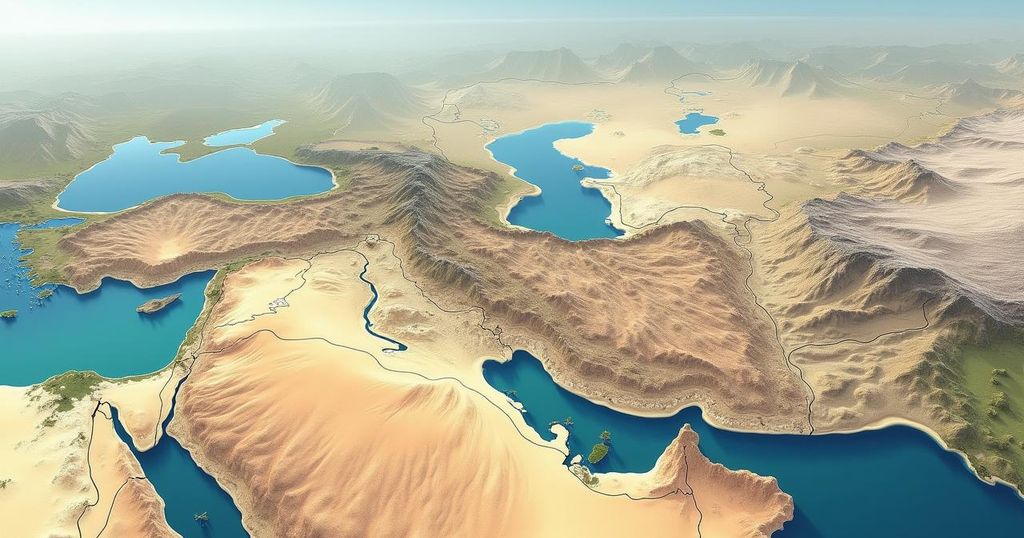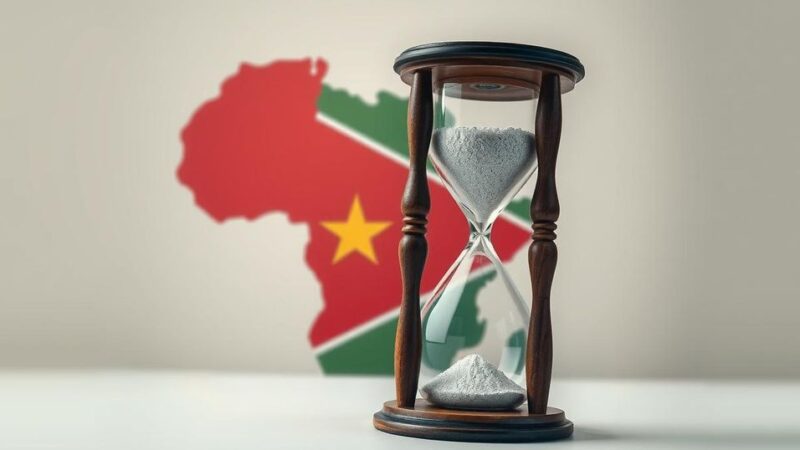This article by C. Raja Mohan highlights the often-overlooked geopolitical shifts along Pakistan’s border with Afghanistan. He argues that India’s focus on bilateral relations with Pakistan ignores critical developments, notably the rise of the PTM and TTP, which could destabilize the region. The historical context of these tensions is explored, along with the implications for India’s foreign policy. Mohan stresses the necessity for India to consider these factors in light of its future diplomatic strategies with Pakistan, as increasing unrest could have direct consequences for regional stability.
C. Raja Mohan emphasizes that India’s concentration on bilateral relations with Pakistan often overlooks significant developments in the context of Pakistan’s interactions with Afghanistan. He asserts that recent events such as the Pashtun Qaumi Jirga provide more insight into the future of the region than mere speculation regarding Indian officials’ visits to Pakistan. The author critiques the excessively enthusiastic perception of diplomatic engagements between India and Pakistan, arguing that despite these efforts, the structural issues within their relationship remain unresolved. The dynamics of India-Pakistan relations are more stagnant than ever, which diminishes their significance on the international stage. Mohan refers to two historical events in 1979 — the Iranian Revolution and the Soviet invasion of Afghanistan — that have greatly influenced regional geopolitics. Islamic militancy has subsequently spread across the region following these events, creating a climate of instability that persists to this day. The return of the Taliban to power in Afghanistan has complicated Pakistan’s efforts to exert influence through them. Meanwhile, the Tehrik-e-Taliban Pakistan (TTP) poses a threat to Pakistan’s sovereignty, seeking to establish autonomous zones. Additionally, the Pashtun Tahafuz Movement (PTM) has emerged, pushing for awareness and rights for the Pashtun people. The Pakistani government’s attempts to suppress these movements indicate deeper issues facing the Pashtun population. The PKM’s desire for autonomous control and the complexities arising from the interactions between the TTP, the Afghan Taliban, and the PTM are significant threats to Pakistan’s internal stability, which could lead to adverse effects on regional dynamics, particularly pertaining to India. Mohan foresees increasing instability along Pakistan’s western frontiers, driven by growing nationalistic sentiments among both the Pashtun and Baloch populations, which could destabilize the region and, in turn, have ramifications for India. Thus, the author calls for India to recognize the broader geopolitical implications of developments along Pakistan’s western border, suggesting that the future contours of its relationship with Pakistan could depend on how both nations navigate these challenges.
The focus of the article pertains to the geopolitical complexities surrounding Pakistan, particularly its border with Afghanistan. The author sheds light on the historical context of tensions in this region, including the impacts of the Iranian Revolution and the Soviet invasion of Afghanistan. The relationship between India and Pakistan, marked by longstanding hostilities, is juxtaposed with emerging dynamics involving the Taliban, Tehrik-e-Taliban Pakistan (TTP), and the Pashtun Tahafuz Movement (PTM). Mohan’s analysis suggests that these internal challenges within Pakistan could have broader implications for regional stability, including India’s national interests.
C. Raja Mohan underscores that while India remains preoccupied with its relationship with Pakistan, it crucially needs to be aware of the evolving situation along Pakistan’s border with Afghanistan. The multifaceted crises arising from historical grievances, nationalist movements, and the turbulent rise of the Taliban are pivotal to understanding future regional stability. With the potential for increased unrest in Pakistan, India must adopt a more nuanced approach to its foreign policy, aware that developments in Pakistan’s western borderlands may significantly impact its own security and diplomatic engagements with its neighbor.
Original Source: indianexpress.com






